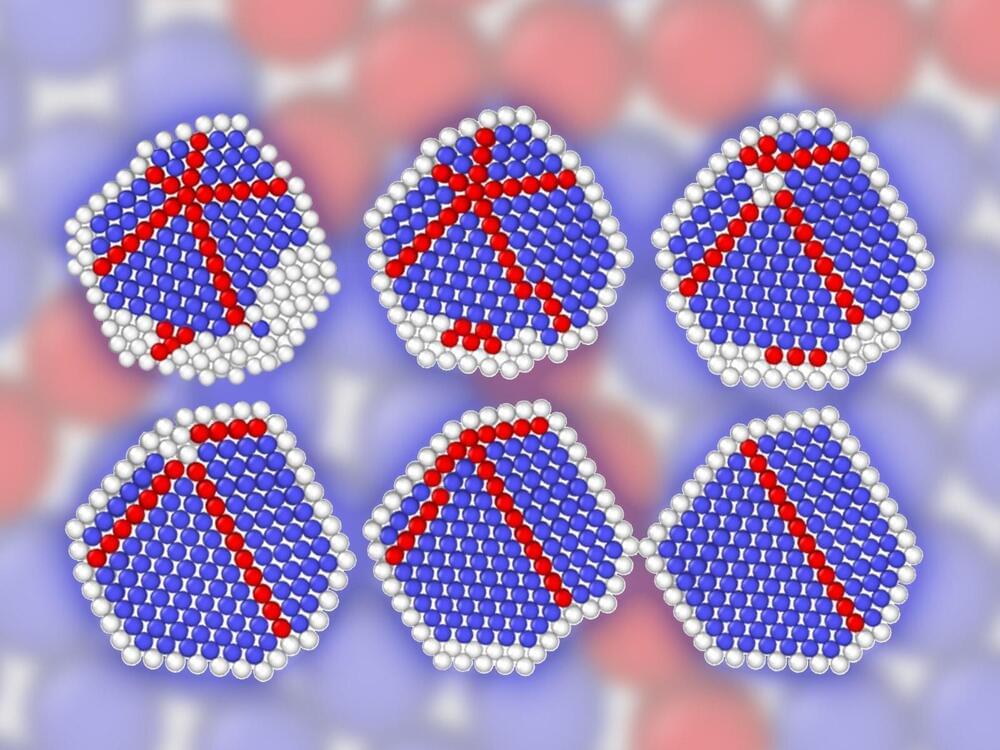
Scientists at the Paul Scherrer Institute (PSI) have for the first time precisely characterized the enzyme styrene oxide isomerase, which can be used to produce valuable chemicals and drug precursors in an environmentally friendly manner. The study appears today in the journal Nature Chemistry.
Enzymes are powerful biomolecules that can be used to produce many substances at ambient conditions. They enable “green” chemistry, which reduces environmental pollution resulting from processes used in synthetic chemistry. One such tool from nature has now been characterized in detail by PSI researchers: the enzyme styrene oxide isomerase. It is the biological version of the Meinwald reaction, an important chemical reaction in organic chemistry.
“The enzyme, discovered decades ago, is made by bacteria,” says Richard Kammerer of PSI’s Biomolecular Research Laboratory. His colleague Xiaodan Li adds: “But because the way it functions was not known, its practical application has been limited up to now.” The two researchers and their team have elucidated the structure of the enzyme as well as the way it works.

















